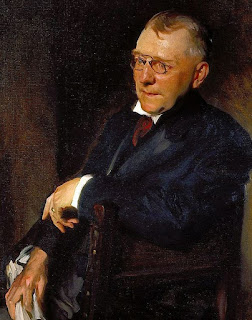WASP Bonnie Jean Alloway
Welz of Class 43-W-6
(22 June 1918 – 29 June
1944)
(Excerpt from To Live
and Die a WASP)
The fifth WASP to lose her life in June was Bonnie Jean Welz
(43-W-6), who crashed into the Texas dust just a week after celebrating her 26th
birthday. Born June 22, 1918, in Bridgeport, Washington, redheaded Bonnie was
the fourth child and fourth daughter of Lee and Grace Alloway. When she was 4
years old, her father died, and by the time she graduated from high school, her
mother had already remarried twice and was about to remarry again.
Bonnie’s first assignment was Dodge City Army Airfield in
Kansas, where she received transition training in the B-26 Marauder, a medium,
two-engine bomber. It was 75 hours of flying instruction, 30 as a copilot and
45 hours as first pilot. In addition to ground school and Link training, the
flying included nine hours at night, 20 hours on instruments, and 10 hours on
navigational flights. The program had two main purposes—teaching the women to
fly heavier aircraft, especially for tow target flying, and developing a
program to show fearful male pilots that the B-26, known as the “Flying
Coffin,” was safe.
Just past 11 in the morning, June 29, 1944, Bonnie took off
in a BT-13 trainer on a “routine administrative cross-country flight” across
the West Texas oilfields, bound for Laredo, Texas. Her passenger was Major
Robert Stringfellow.
After about an hour in the air and 40 miles short of Laredo,
something happened—and no one was really ever sure what it was. Stringfellow,
sitting in the rear cockpit with his canopy open, said they were flying at
about 1500 feet when he noticed Bonnie had entered a slow turn to the left and
had begun a slow descent. Her cockpit canopy was closed. There seemed to be
nothing out of the ordinary and Stringfellow thought she was probably lining up
for a normal landing, but there was no conversation between them. On the
ground, Lloyd Staggs saw the plane coming down in a wide circle, and to him, it
sounded like the throttle was wide open. The
plane disappeared behind some
trees about a mile away and exploded in a fireball. Staggs raced his truck to
the scene and found the BT-13 engulfed in flames and lying on its back. About
50 yards away, a seriously injured and confused passenger was pointing at the
wreck and mumbling something about “her” and “she.” Trapped inside the flaming
cockpit, it was impossible to rescue Bonnie.
 |
| WASP Bonnie Jean Alloway Welz |
RIP

















